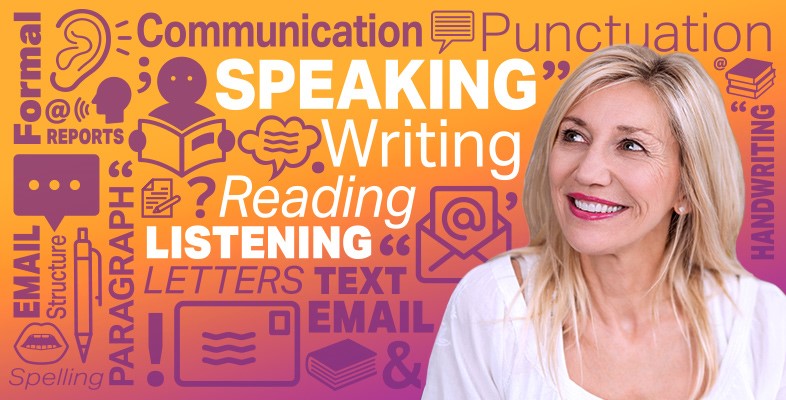6.3 Reading important texts
You now look at using active reading skills to cope with important and official texts.
When you read an important text it may be longer than the usual ones you read. You need to be able to follow the content of the whole text.
What kinds of important and longer texts do you read? You’ll think about this next.
Activity 42 Important texts
List any longer and important texts that you have read in the last few weeks. Also include any that you may need to read fairly soon.
The first one is given as an example. Try to list as many as you can.
Discussion
Here are some examples of longer, important texts:
- A letter from the local council or water company about water rates
- A house insurance form
- A letter from school about subject options
- A job application form
- A survey on a new house
These kinds of texts may be difficult to cope with because:
- they may use difficult language
- they are sometimes quite long
- they may have lots of important points
- they may need a reply quite quickly.
Use your active reading skills to first:
- skim the text to get an idea of what it is about; then
- scan it to get the gist and
- decide if you need to read it more deeply.
When reading longer, important texts, you need to think about the following sorts of questions. They will help you to make sense of what you read.
- What is the purpose of the text? Why has it been sent to you? What is it about? What do you expect it to tell you?
- What do you already know that will help you? Look for ‘clues’ in the text to help you understand the meaning.
- What action do you need to take? Does it need a reply?
Activity 43 Confirmation letter
Read the following letter and answer the question:
Jay’s Removal and Storage Company
Winwood’s Corner
Hagley
Worcs
DY10 8KJ
Dear Madam
Thank you for your acceptance of our quotation. We have pleasure in confirming the following schedule for your removal:
Monday 13 December, arrive at 8.30 am. Pack and load furniture.
Tuesday 14 December, arrive at 8.30 am. Deliver to new property.
We acknowledge receipt of payment and enclose a receipted invoice for your attention.
Assuring you of our best attention at all times.
Jay’s Removal and Storage Company
What three pieces of key information in the letter show that it is important and needs to be read carefully?
Discussion
The three key pieces of information are:
- The company is confirming the removal job.
- The letter contains times and dates.
- The company is confirming they have already been paid.
Sometimes important texts are much longer. The next activity will give you practice in dealing with a longer text.
Activity 44 Texts for study
Everyone remembers playing as a child. This means that you already know something of what this text is about.
It is from a psychology textbook about child development.
- Quickly scan the text. Look at the section headings to get a feel for what the passage is about.
- Then read the text more deeply, section by section.
- Highlight the sentence that sums up the information in each section.
Discussion
If you were reading this text for an exam, you might decide to make notes. You could use your highlighter pen to pick out the main points as you read through the text.
I highlighted the following sentences:
For a child, playing is their work.
Playing is an activity which seems only to occur in mammals.
Play is a special activity because it allows young mammals to practise actions which they will need in adult life, but in such a way that they will not come to any harm if things go wrong.
By reading these topic sentences – sentences that sum up what a text is about – you can quickly grasp the general meaning of the text.
